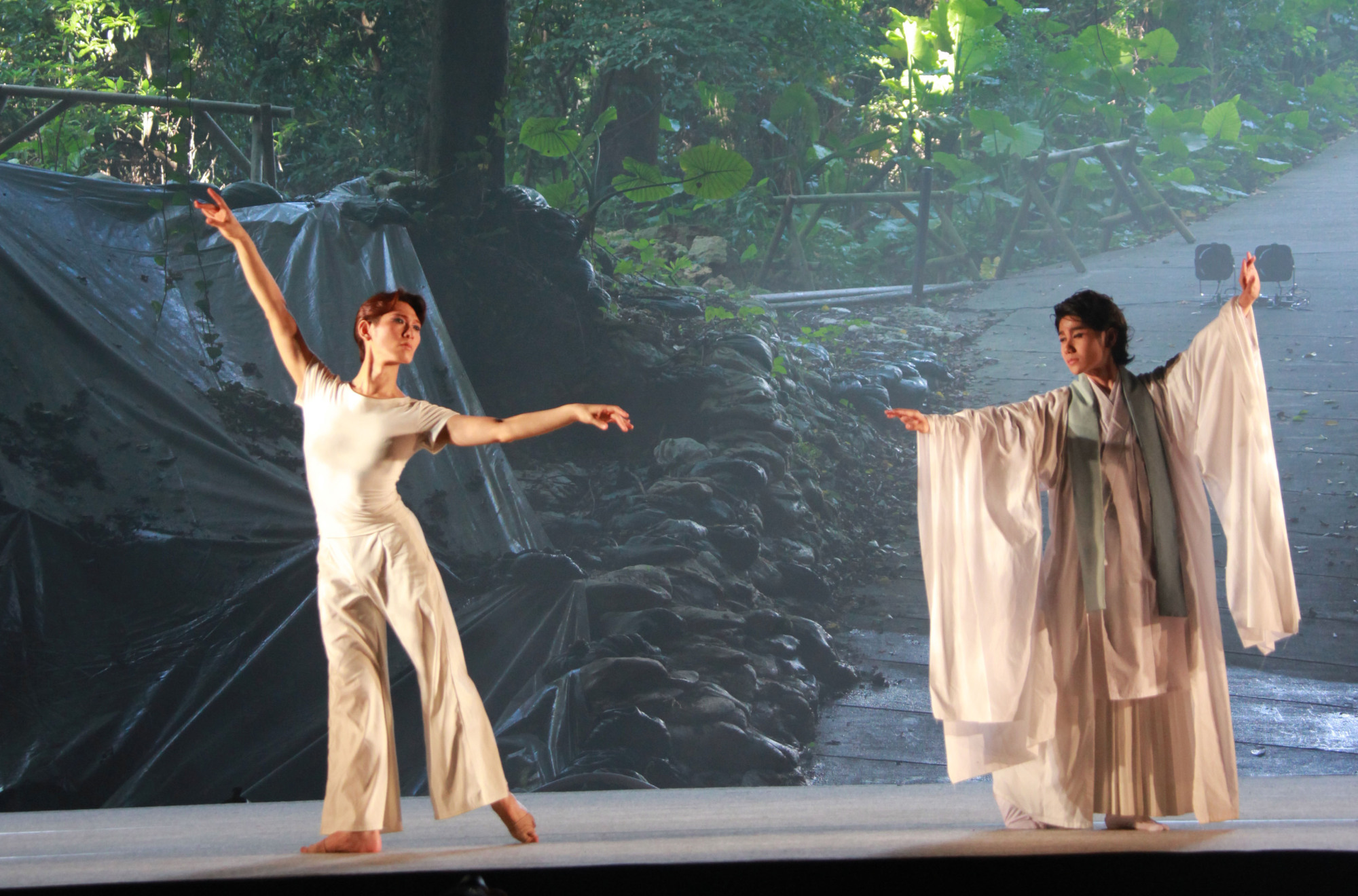Like many art forms in our rapidly shrinking world, dance is constantly experimenting with variants of the cross-cultural, extending and blending boundaries into innovative re-imaginings of genre. Choreographers such as Akram Khan, an English dancer of Bangladeshi descent, have found great success by combining ballet or modern dance with more traditional forms of movement — in Khan's case, classical kathak training — to forge exciting, contemporary works that nevertheless honor the past. Two upcoming productions in the Tokyo area reflect this trend in dance.
Okinawan ballet artist and choreographer Ryoki Midorima brings his blend of traditional Ryukyu dance and classical ballet to Shibuya on Oct. 20 with "Tokoiriya: Ryoki to Ai vol. 4." Ryukyu dance was a part of Midorima's upbringing from a young age.
"I don't even remember when I was first interested because it was so familiar and close to my early childhood," Midorima explains. "For example, Okinawan wedding ceremonies open with traditional Ryukyu dance and there is a lot of Ryukyu dance entertainment at other ceremonies, festivals and parties. When I was a child, it was common for me to perform ballet with groups of Ryukyu dancers at the same events."

















With your current subscription plan you can comment on stories. However, before writing your first comment, please create a display name in the Profile section of your subscriber account page.